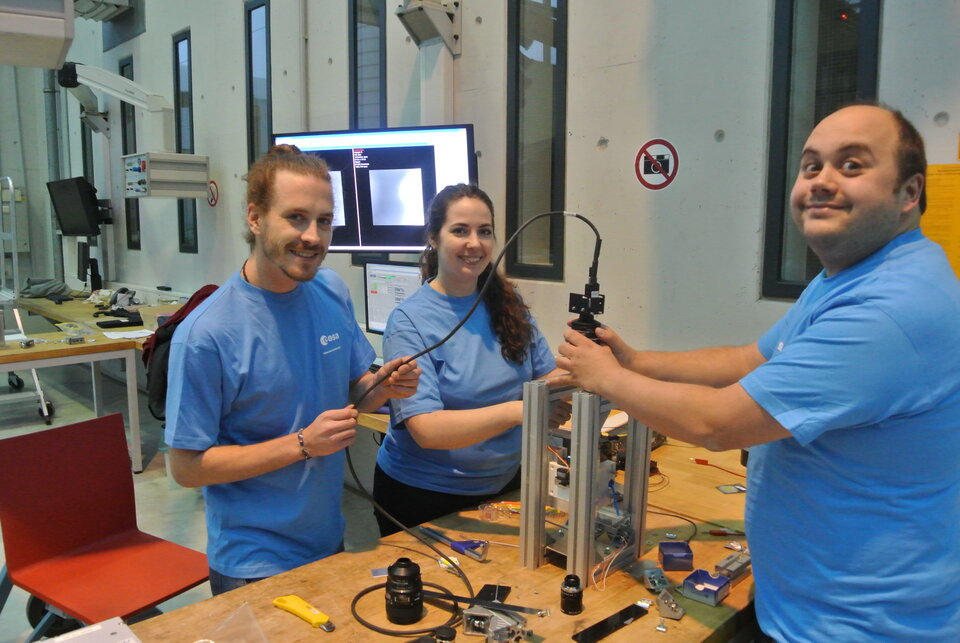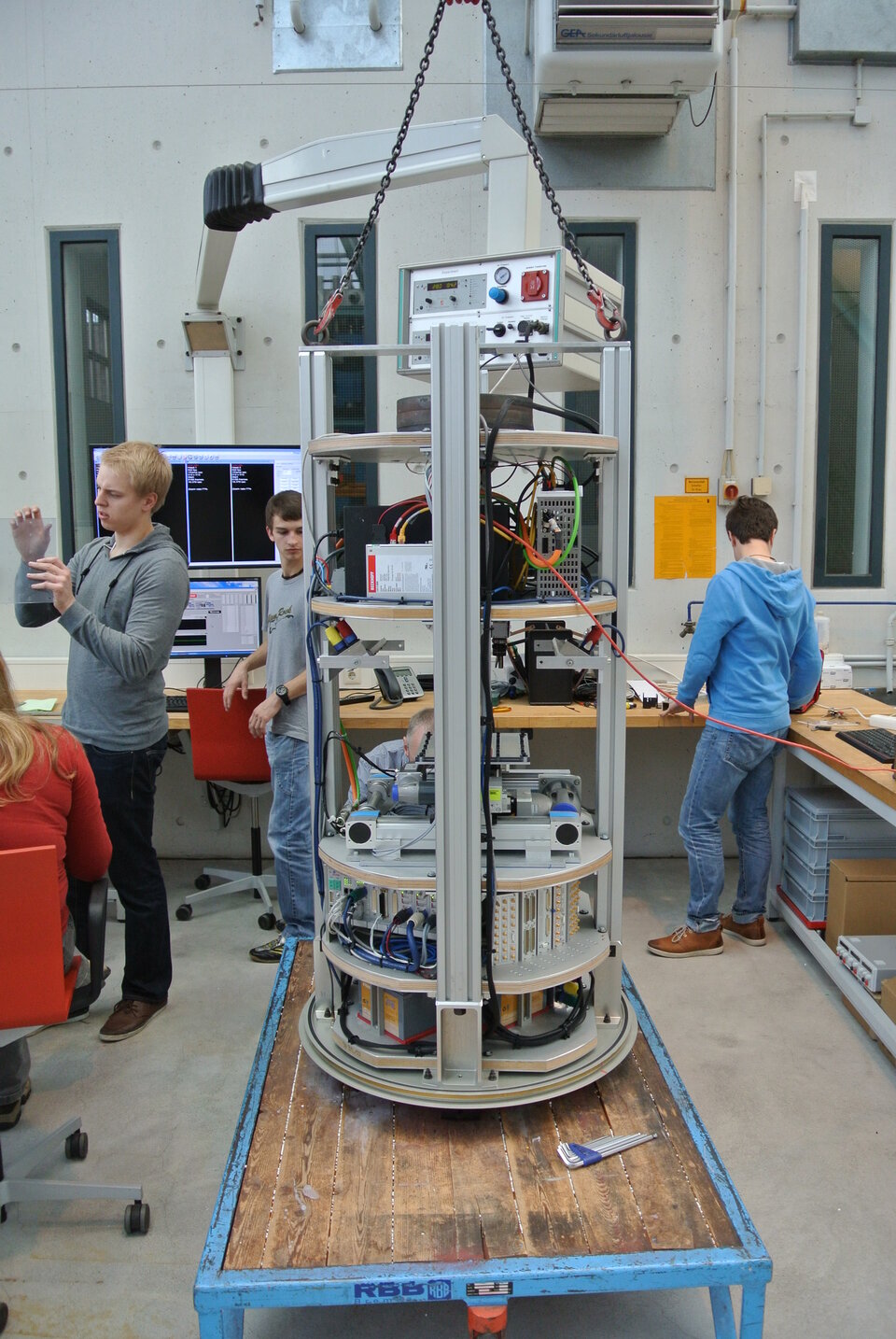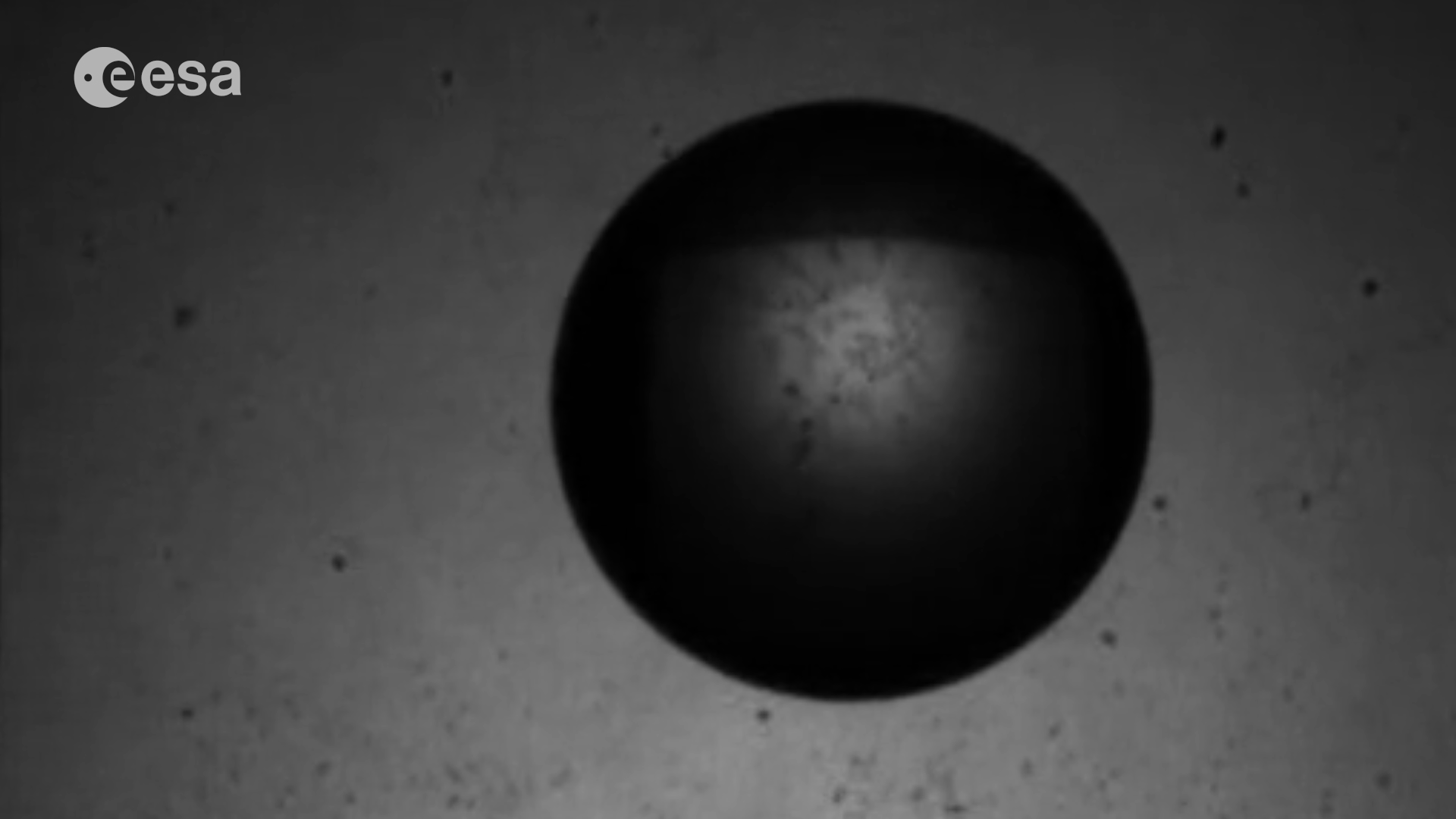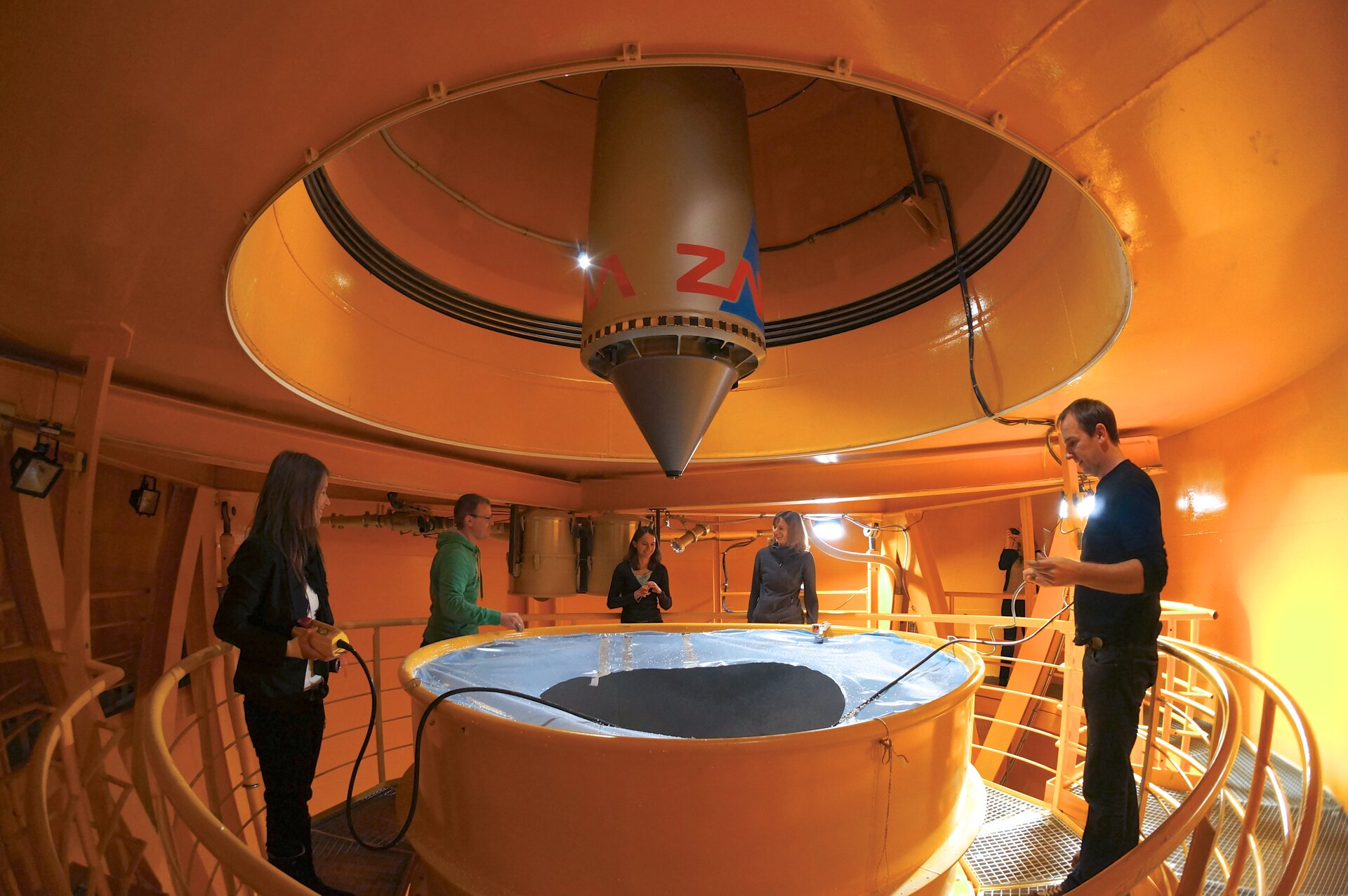Design, build then drop your experiment!
Imagine dropping your experiment and watching helplessly as it falls 120 metres to the floor below. Accident? Disaster? Not at all. This is ESA’s Drop Your Thesis! programme and it is all in the name of science.
For the precious seconds it takes for the experiment to fall that distance, the experiment experiences ‘microgravity’ similar to the perpetual free fall of being in orbit. If the experiment can collect data quickly, then dropping it in a specialist facility is a much cheaper option than launching it into space.
Call for proposals for Drop Your Thesis! 2017
The Drop Your Thesis! programme is run by ESA’s Education Office. This is the ninth year that the programme has been offered and ESA is looking to sponsor teams of up to 4 university students from ESA member states* who have an experiment in mind that needs microgravity.
Details of how to apply can be found on the website but the key step is to showcase the scientific and/or technological objectives of the project. In other words, what the teams intend to investigate and why. Emphasis should also be placed on the technical details that explain how the experiment will be implemented.
The deadline for the proposals is closed.
The chosen experiments will be conducted in 2017 at the 146m high ZARM Drop Tower Facility in Bremen, Germany. This is one of the most sophisticated research centres of its kind in Europe, and experts from the facility and from ESA will work closely with the selected teams to develop the experiments.

ESA will also fund part of the team’s travel, accommodation and hardware costs.
Previous Drop Your Thesis! experiments have included the FELDs team from the University of Padova in Italy. They tested a new docking system for spacecraft using electromagnets to pull a tether into position. The GAGaDropT team, from the Otto-von-Guericke University Magdeburg in Germany studied the behaviour of granular gases in microgravity conditions.
‘This has been a great chance to learn more about the facilities with which one can simulate microgravity. It was also an opportunity to learn more about how a project is managed,’ said GAGaDropT team member Sandra Wegner at the time.

Drop Your Thesis! is just one of the gravity research opportunities offered by ESA’s Education Office. Other programmes include Fly Your Thesis!, Spin Your Thesis!, and Rocket/Balloon EXperiments for University Students – ‘REXUS/BEXUS’.
All are designed to not only provide valuable experimental results but also to give students the experience of working in a professional project environment. This allows them to build their CVs and their professional network, fostering a good start to careers in Europe’s space industry.
'The Drop Your Thesis! programme offers a full package experience for the student teams. Tasks such as financial budgeting, risk assessments, experiment automation, communication with stakeholders and reporting, all equip the students with critical knowledge on how to manage a project at all levels for their impending careers.' says Nigel Savage, programme coordinator for Drop Your Thesis!
There are two teams in the current round of Drop Your Thesis!
- Breakteam, from Queen Mary University of London, UK and University of Seville, Spain, consists of two master and on PhD students who will investigating the break-up of liquids and the formation of droplets in microgravity.
- System for Tether Automatic Retrieval experiment (STAR), from University of Padova, Italy, investigates a "space tether" release and retrieval system. Parts of their hardware is an evolution of a previous DYT! team from Padova called FELDs.
Both now have the summer to perfect their apparatus before they arrive in Bremen during October to watch their experiments fall the 120metres to the floor. But don’t worry: there is a ‘safe landing’ system at the bottom of the drop tower. It catches the experiment before it smashes on the floor. The teams can then reset the apparatus and run their experiment again.
For your chance to participate in the programme, visit ‘how to apply’ online. For further information please contact dropyourthesis @ esa.int
Notes for editors
* ESA Member States
Austria, Belgium, Czech Republic, Denmark, Estonia, Finland, France, Germany, Greece, Hungary, Ireland, Italy, Luxembourg, The Netherlands, Norway, Poland, Portugal, Romania, Spain, Sweden, Switzerland and the United Kingdom, Canada (Associate Member).
European Cooperating States
Bulgaria, Latvia, Lithuania, Slovakia and Slovenia
Cooperating States
Cyprus, Malta


Access the video


